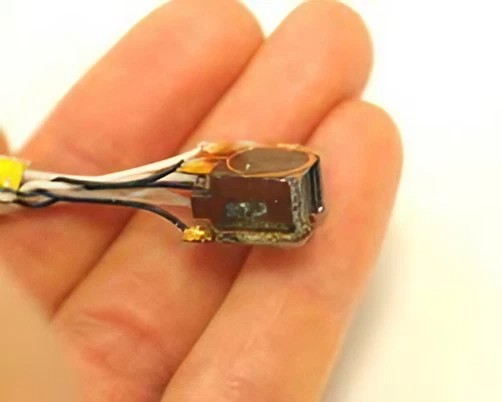Introduction
Our team was the first developer to assist the National Institute of Standards and Technology with the electronics and signal processing firmware used to develop the miniature atomic clock, This project consisted of a quadruple control system in embedded firmware using a microcontroller and mixed signal circuits. Algorithms in firmware calculated first and second derivatives of a profile of emissions from a cesium cell which were used to adjust the clock frequency.
Customer Objectives
- Coordinate operation and timing of 4 simultaneous digital feedback control systems.
- Maintain temperature of a cesium cell
- Maintain temperature of a VCSEL laser.
- Apply appropriate stable bias to laser.
- Apply various modulation frequencies to the laser.
- Detect responses to the applied modulation frequencies.
- Apply intelligent algorithm to detect specific nonlinear transitions in system
- Adjust a precision local oscillator clock according to responses
Results
A DSP algorithm was used to detect certain nonlinear transitions. A nonlinear mathematical model was created to assist the algorithm with the detection process. The transitions were used as feedback to achieve certain set points in the quadruple feedback control system. The system achieved clock setting and stability in the few parts per million.
System was delivered to the customer accompanied with a Graphical User Interface to assist in further Research.



